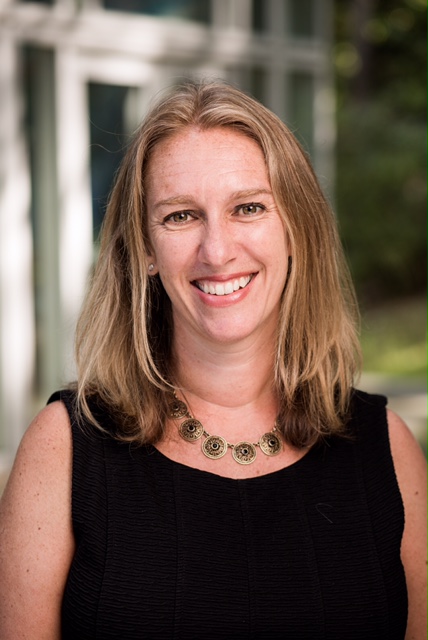On Friday, March 13, the Babson College Office of Undergraduate Admission sent out decision letters for the Class of 2024. While excited to start engaging our admitted students, we also knew that this was likely the last “normal” thing we would do in this admission cycle. Two days before the college announced that current students would not return to the campus for the rest of the semester due to the escalating threat of the COVID-19 virus.

We also knew that it was likely that faculty and staff would soon also be asked to go remote for an indefinite period of time. Two days later, we learned our campus was indeed closing and Babson’s unique program of entrepreneurial education was moving to online instruction. In the span of a week, we lost the ability to showcase the campus and its community in person. On Monday morning, my team in the undergraduate admissions office came together one last time to figure out how to recreate Babson’s 2020 enrollment plan.
It felt like that scene in “Apollo 13” where the astronauts’ safe return to Earth depends on NASA figuring out how to, literally, get a square peg into a round hole, using nothing but odds and ends, ingenuity and some duct tape. We simply had no playbook for how to engage prospective students in an entirely virtual environment.
But we did it—and discovered so many benefits to our new process that we now have the tools in place to enhance and expand our pre-COVID-19 enrollment strategy.
Demonstrating the incredible entrepreneurial leadership Babson teaches our students, faculty and staff across all departments worked with Babson’s admissions office to engage with our admitted students. We even managed to create a 100% virtual open house in less than a month. And the “duct tape” that held everything together was the virtual engagement platform that allowed us to connect with students and their families, regardless of their location.
Here’s the Babson three-step playbook for virtual enrollment:
1) Get your team on board and focused. At that Monday meeting, we acknowledged the urgency of the situation and committed to finding immediate solutions. We created focused groups, each charged with addressing specific issues. This included a Content Marketing group to come up with ideas for engaging students; an Operations group to manage our tech vendor relationships; and a Logistics group to figure out the basics, like who would answer phones. Before we all disbanded, we recorded students, faculty and staff talking about what makes Babson so special and created an online information session incorporating current students before they left campus for the semester. Little did I realize how valuable that content would be as the COVID crisis stretched on!
2) Define your content—and focus on video. We decided to produce original, live and on-demand content, with lots of great material coming from those last-minute videos. Additionally, we put together:
a) Monthly and weekly virtual panels: Some panels included prominent alumni who would never have been able to join in-person panels, but could now connect with students virtually.
b) Weekly bulletins: Our email bulletins highlighted Babson’s unique resources, with interesting articles and spotlights for admitted and prospective students and provided call-outs for future virtual events.
c) Social media: We kept our social media presence relevant by encouraging the admissions team to post timely, engaging information. Our current students also generated content from their homes and often hosted day-long social media takeovers to highlight their own Babson experience.
3) Leverage the greater campus community. Along with our virtual engagement platform, our determination to draw the entire Babson community into the admissions process was key to our success. We created a list of everyone who volunteered to help and found ways to leverage their offers. This could be as simple as a clip of an HR assistant or a facilities person saying how excited they were to welcome new students. One professor became an ambassador of sorts to other faculty members, soliciting their involvement. Even the Finance department volunteered their help!
None of this would have been possible without a robust virtual engagement platform. This allowed us to connect with students—in a branded environment—through custom online interactions including webinars, information sessions, virtual open houses and orientations, as well as with video streaming, personalized emails, text messaging and live chats.
So far, Babson’s virtual admissions playbook passed its flight test with flying colors, knowing that there will be a lot more to add to it as we embark on a new admission cycle. We’re now able to connect with people who were beyond our reach before. We’re vigorously extending our diversity and inclusion efforts for students without the resources to visit our Massachusetts campus. I recently spoke on a panel about how Babson will continue to evolve the virtual playbook for the fall, and when we’re able to return to in-person admissions, we’ll continue using our new playbook to create an even stronger hybrid model.
Courtney Minden is vice president of enrollment management and dean of admissions & financial aid at Babson College in Massachusetts.

